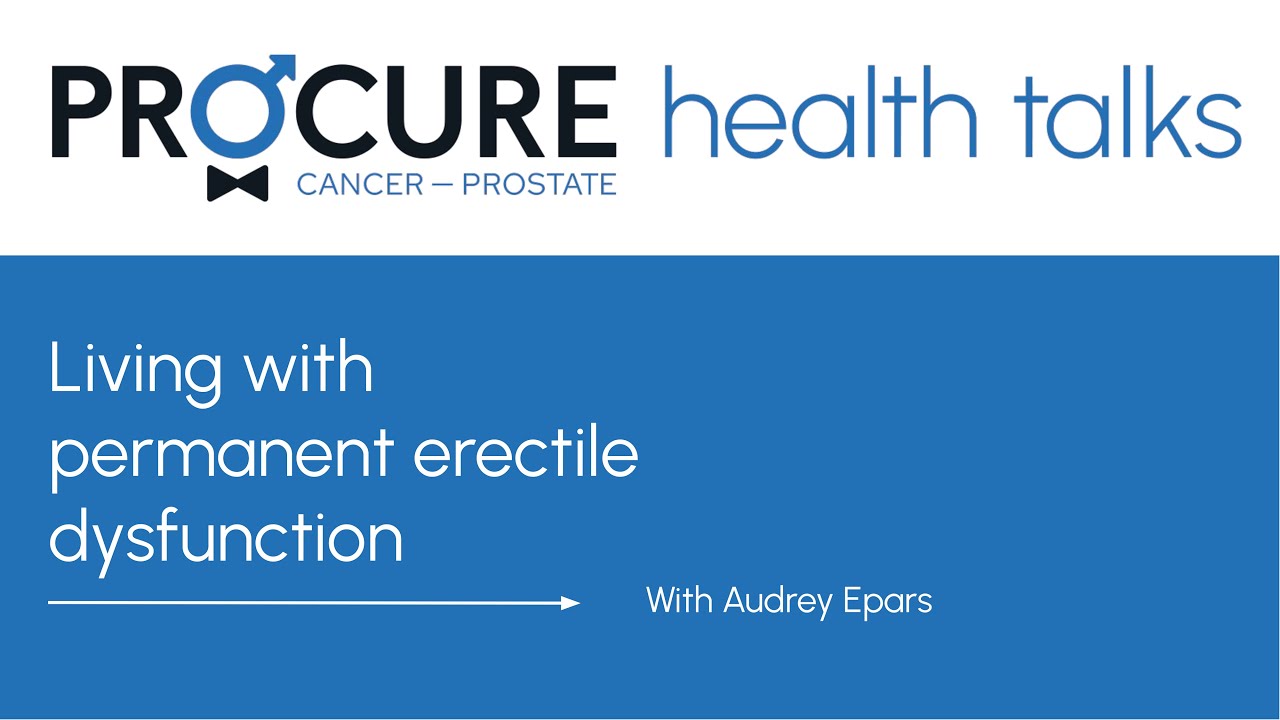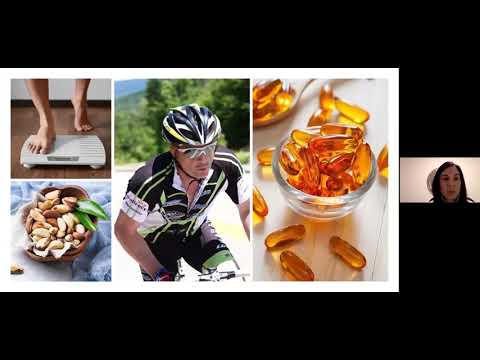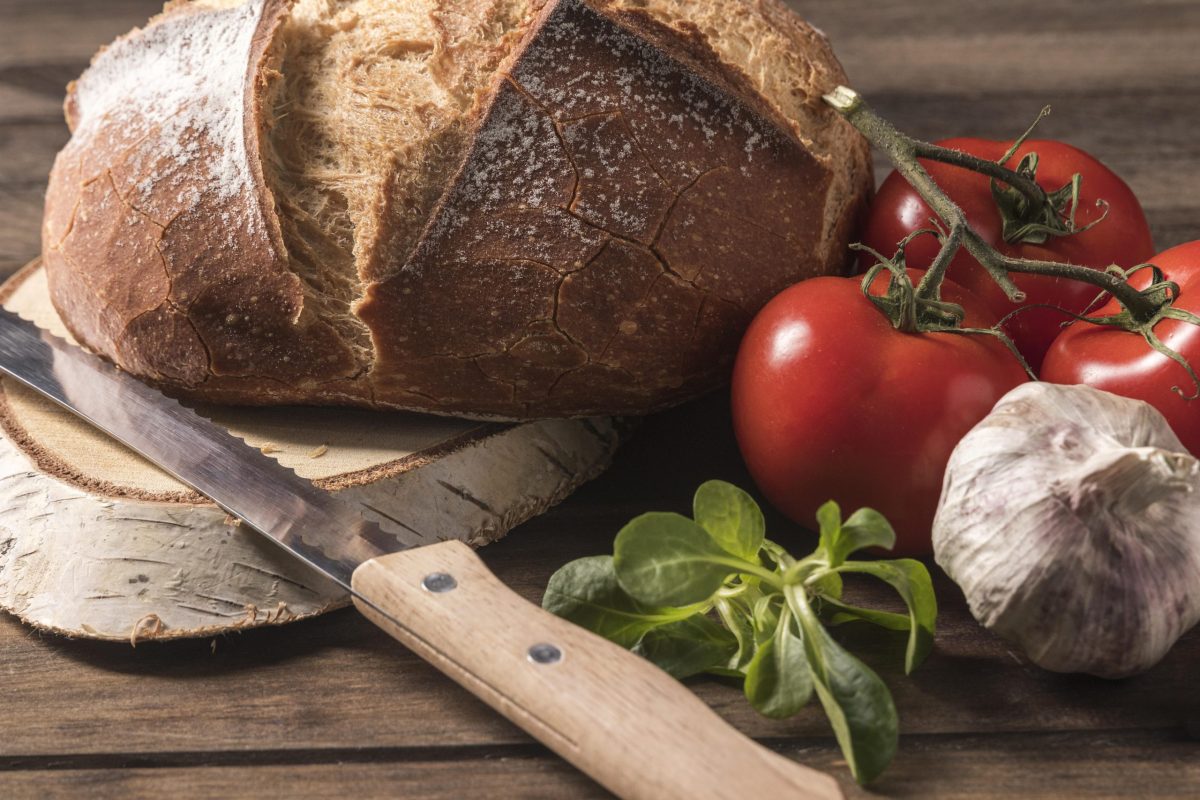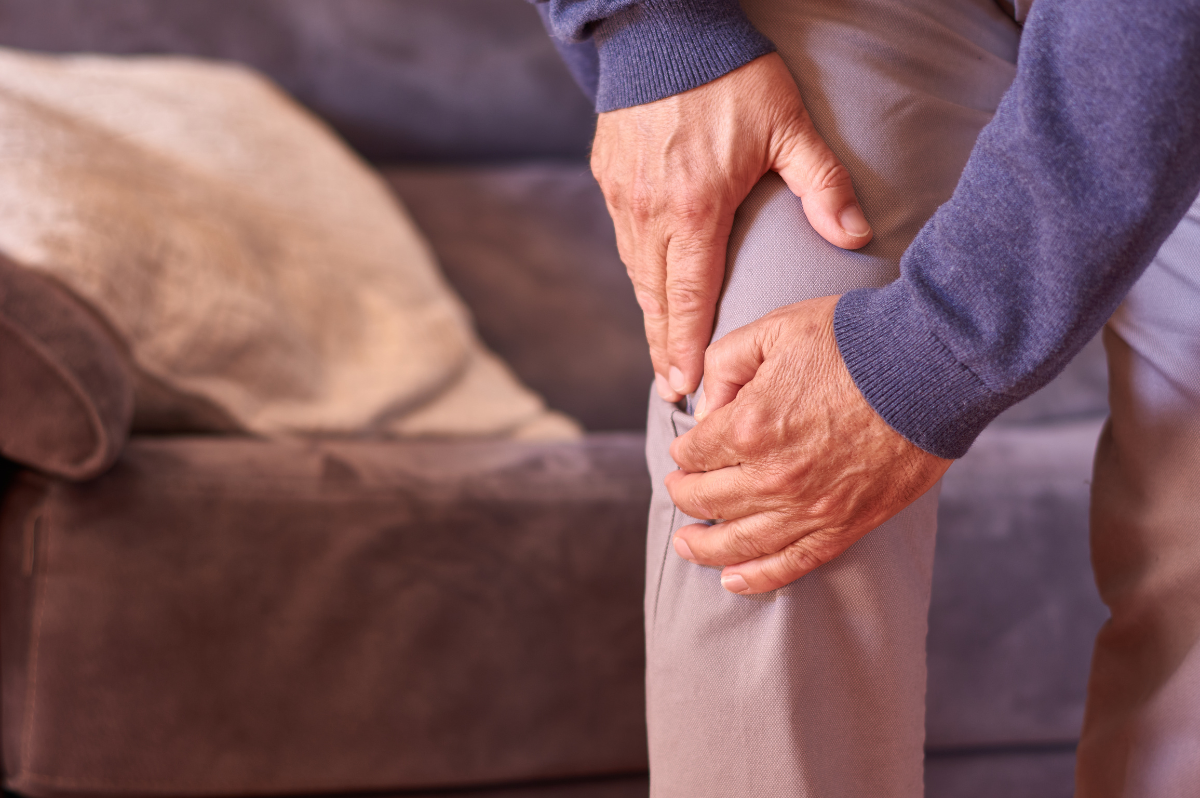Your diet
Your diet
Eating well begins with consuming a variety of foods daily to obtain all the essential nutrients for good health. This section on nutrition examines the importance of balanced nutrition for your health before, during, and after prostate cancer treatment. You will find information on foods to prioritize, those to avoid, as well as tips to maintain a healthy diet throughout your recovery.
The importance of healthy eating
Eating well starts with eating a variety of foods every day in order to get all the essential nutrients of a healthy diet. In fact, food is one of the first risk factors that we think about when it comes to prostate cancer.
Men in western countries, such as North America, are more susceptible to cancer than men in eastern Asian countries like China and Japan. That being said, Asian men living in North America for at least one generation are subject to the same risks as North Americans that have been here for a number of generations.
This may be because western diets contain less fruit and vegetables and more meat, dairy products, sugar, fat, and processed foods. In fact, food is one of the first risk factors that we consider when it comes to prostate cancer.
What is a healthy diet?
It’s all about balance, moderation, and variety. A healthy diet—containing a lot of fruit and vegetables, fibre, low-fat proteins (fish, poultry, and lean meat), and only a little fat and salt—helps you maintain a healthy weight. Research shows that maintaining a healthy weight reduces your risk of prostate cancer.
Good nutrition is important at every stage of your prostate cancer journey. Clinical research suggests that a heart-healthy diet can lead to a better prognosis, while also protecting your heart health. Maintaining a healthy lifestyle – through diet and physical activity – can set you up for success by improving your energy, strength and overall health.
Following the Canadian food guide can help:
- Meet your vitamin, mineral and other nutrient needs
- Reduce your risk for heart disease
- Contribute to your overall health and energy
This guide shows how many servings of each food group men ages 51+ should aim to consume per day. Do not hesitate to speak to a dietitian or to a nutritionist and do not take supplements or natural products without talking to your doctor.
Servings for men
Vegetables and fruits (7-9 servings)
- Aim to eat at least one dark green and ne orange vegetable per day. Romaine lettuce, spinach and broccoli are examples of dark green vegetables. Sweet potatoes, carrots and squash work well as orange vegetables.
- Look for fruit and vegetables that are steamed, baked or stir-fried – and avoid those that are deep fried. It’s best to choose vegetables and fruits that are not prepared with lots of added salt, fat or sugar
- Choose whole fruits and vegetables more often than juice, to meet your daily servings goal.
Grain products (7 servings)
- Whole-grain products should make up at least half of your daily grain product servings. Look for whole grain options such as barley, brown rice, quinoa, oats, wild rice, whole grain breads and pasta.
- Compare nutrition facts – and choose grain products lower in salt, fat and sugar.
Milk and alternatives (3 servings)
- Choose lower fat milk products. For products made from milk (such as cheeses or yogurts), compare nutrition facts and select options that are lower in fat
- Drink milk every day. You should aim to drink 2 cups of milk per day to make sure you’re getting enough vitamin D. Choose either skim, 1% or 2% milks, or fortified soy beverages
Meat and alternatives (3 servings)
- Look for lean meats and alternatives that have limited added salt and fat. Remove skin on poultry and visible fat on meat. Bake, roast or poach prepared meats and alternatives. When choosing pre-packaged meats, compare nutrition facts and choose those with less sodium and fat
- Eat at least 2 servings of fish per week. For example, you could choose to eat herring, char, mackerel, salmon or trout
Making healthy choices
When choosing which foods to eat, it’s generally best to eat a diet that is:
Plant-based
Try to eat lots of fruit and vegetable servings. Beans, legumes and whole grains also work well.
Low in saturated fat
Try reducing or eliminating your intake of high fat meats, milk and other dairy products. Try limiting your consumption of butter, mayonnaise and baked goods.
High in fibre
Whole grain breads, oats, barley, quinoa and bulger are all high-fibre choices.
Low in simple sugars
Aim to limit your intake of candies, baked goods, and other foods made with simple sugars and refined flours.
Low in salt
Prepared foods can contain high levels of salt – so try to choose reduced-salt prepared meals, canned soups, snacks (unsalted or lightly salted nuts and chips) and condiments (reduced sodium soy sauce and ketchup). Using salt substitutes and using more herbs and spices while cooking can also help provide flavour without the added salt.
Tips to you keep your body well-fueled
Indulge in snacks
Eat smaller, more frequent snacks, every few hours, throughout the day. If appetite is an issue, don’t be shy about treating yourself to your favourite foods – your body may need the calories.
Eat more protein
Protein is important to help your cells grow and repair themselves. Try to eat more fish, poultry, lean red meat, eggs, dairy products and nuts.
Drink more water
Drinking water regularly is important for staying hydrated. You should aim to drink more water when you’re out in hot weather, or involved in physical activity.
Consider supplements
Different varieties of milkshakes, bars or powders are available at most pharmacies, and can be useful sources of protein and calories when you’re on the go or simply don’t have the time or energy to prepare a meal for yourself.
Add fruits and vegetables to your diet
Fruits and vegetables are one of the most important parts of a healthy lifestyle. A healthy diet filled with colourful fruits and vegetables are strongly linked to the prevention of chronic diseases such as prostate cancer, cardiac diseases, and diabetes.
Consuming at least 7-9 portions a day, particularly vegetables from the cruciferous vegetable family (broccoli, cauliflower, Brussels sprouts, etc.), is both reasonable and healthy if you want to prevent or slow the progression of a disease. Fructose, a natural fruit sugar, triggers the production of a specific form of vitamin D (see below) which plays a role in lowering the risk of advanced prostate cancer. Thus, eating fruits and vegetables does not have any risks and can actually be good for you.
Fruits and vegetables are:
- Low in fat and calories: Fruits and vegetables are among the most calorie-dense foods: a single portion of vegetables contains about 50 calories while a portion of fruits contains about 70. By simply increasing your daily consumption of fruits and vegetables, you can lower your total calorie intake. This can help you maintain a healthy weight while reducing your risk of developing various cancers and diseases like prostate cancer.
- Rich in fibre: Fibre keeps food moving through your digestive tract. This helps eliminate toxins and cancer-causing compounds before they can do any harm.
- An excellent source of vitamins and minerals: Some nutrients found in fruits and vegetables, such as folic acid, vitamin C, vitamin E, flavonoids, and phytochemicals are linked to prostate cancer prevention.
- A rich source of antioxidants: Antioxidants help to slow and prevent the development of cancer by protecting against DNA damage and blocking the formation of cancer-causing chemicals.
Eating a variety of fruits and vegetables every day can help reduce your risk of cancer. In general, fruits and vegetables with the most colour (dark green, red, yellow, and orange) contain the most nutrients. Superfoods give you a lot of energy, make you feel great, strengthen your body’s immune system, and boost your ability to fight off cancer and other diseases.
In summary
- Eat a variety of foods
- Include protein in every meal
- Drink plenty of fluids
- Consume more plant-based foods
- Eat more vegetables and fruits
- Choose healthier fats, in other words, leaner meats
- Choose low-fat dairy products
- Make whole grains your preferred carbohydrates
- Limit high-calorie, high-fat snacks
- Limit processed foods that are high in sodium
Tips for a healthy lifestyle
- Try to stop smoking
- Limit your alcohol consumption
- Maintain a healthy body weight
- Exercise for a minimum of 20 minutes every day
Myth versus Reality
Can certain foods reduce my risk of prostate cancer? No single food on its own contains all the anti-cancer properties capable of acting on all the processes involved in tumour development. This fact underscores the importance of integrating a wide variety of foods into our diet. For example, consuming cruciferous vegetables or vegetables from the Allium family (like garlic) help the body to eliminate carcinogenic substances, thereby reducing your body’s capacity to induce mutations in DNA and promote the appearance of cancer cells.
Similarly, green tea, berries, and soy prevent the formation of new blood vessels required for the growth of micro-tumours and keep tumours in a latent state (anti-angiogenic effect). But what about their cancer-fighting properties?













Contrary to its name, vitamin D is actually not a vitamin but a hormone that is synthesized by sunlight. The majority of Quebecers, particularly the elderly, are vitamin D deficient, especially during winter. Research studies suggest that vitamin D deficiencies may be linked to the development and growth of prostate cancer.
Recommendations
Because of Canada’s northern latitude the sun’s rays are weaker in the fall and winter. While vitamin D supplements are recommended for all Canadians, men with prostate cancer or at high risk for prostate cancer in particular should take it. Doses of up to 1500 IU appear to be safe and are recommended.
If you are at risk
Ask your doctor if you should take 1,000 or 1,500 international units (IU) a day during the fall and winter months, or all year around. It is important to understand that vitamin D supplements should be used with caution and we recommend following the Health Canada guidelines.

Selenium is found in brewer’s yeast, wheat germ, chicken liver, nuts and seeds, cod, tuna, herring, shrimp, and oysters. Brazil nuts can have relatively high selenium concentrations (839 micrograms/ounce) but they are high in calories and fat. A healthy diet contains 70 micrograms a day.
Toxic in high doses
Selenium must be taken with caution. Large doses can be toxic. Recent Selenium studies have not positively indicated beneficial effects in the prevention of prostate cancer. More study is needed as it is difficult to recommend supplemental selenium given the current evidence.
How to get it?
It is recommended that patients take 100–200 µg (micrograms) of selenium a day.

Vitamin E is a major intracellular anti-oxidant. It is typically found in plant-derived oils but is commonly taken in the form of a dietary supplement. Vitamin E has a long been considered safe, but recent studies have put into question the safety of larger doses. Given this new evidence it is recommended that you do not exceed your daily allowance of vitamin E.
How to get it?
- Nuts, grains, vegetable oils, and to a lesser degree, leafy greens, are all good sources of vitamin E.
- Peanuts and pistachios contain less vitamin E than almonds, hazelnuts, and sunflower seeds.
- A daily intake of 15 mg is sufficient.
Other pages that might interest you
Additional Information - Nutrition and healthy body

Living with permanent erectile dysfunction
Managing permanent ED after prostate cancer is delicate. Discover strategies to cope with it.

Hip fracture? No thank you! Male bone health
Dietary and physical adjustments can improve bone health and reduce the risk of fractures.

Nutrition during and after your treatment
Adjustments you can make to your diet or whether you have or are being treated with radiation therapy, hormone therapy, or chemotherapy with clinical dietitian.

Living Fully, Drinking Moderately
Benefits of Drinking Less and Flavourful Recipes to Guide You Are you aiming for a healthy start to the year by reducing or completely abstaining from alcohol? It can be challenging, especially when many of our social activities revolve around drinking, such as “Happy Hours” or going to a bar with friends for a sporting […]

Rediscovering Well-being After Treatments
After completing treatments, people often feel a mix of concern and relief. The main focus during this transition is rediscovering well-being.

Do you have a curved penis?
Is your penis curved? Does it curve to the left, right, upward, or downward? You have a curved penis and you or your partner want to know why?

Orgasm without erection?
It is entirely possible for a man to achieve orgasm without an erection or penetration and there are several ways to achieve this.

Simple and easy-to-make healthy recipes
Regardless of the season, why not take the opportunity to cook simple and easy-to-make healthy recipes that are rich in nutrients beneficial for your heart and prostate?!

Fresh start with new habits
We don’t have to wait until January 1st to make a fresh start and adopt new habits. This decision can be made at any time during our life.

Does warm milk help you sleep better?
Can a glass of warm milk help you sleep better in the arms of Morpheus? The Rumor Detector wondered if the research has confirmed this.

I am a little bit diabetic
My doctor informed me that I am a little bit diabetic and that I will have to make important changes to my lifestyle.

Caring for your bones in 5 points
Nicknamed “the silent thief” due to the absence of symptoms, osteoporosis is often only detected at a more advanced stage following a fracture.
Sources and references
Last medical and editorial review: April 2024. See our web page validation committee and our collaborators by clicking here.


